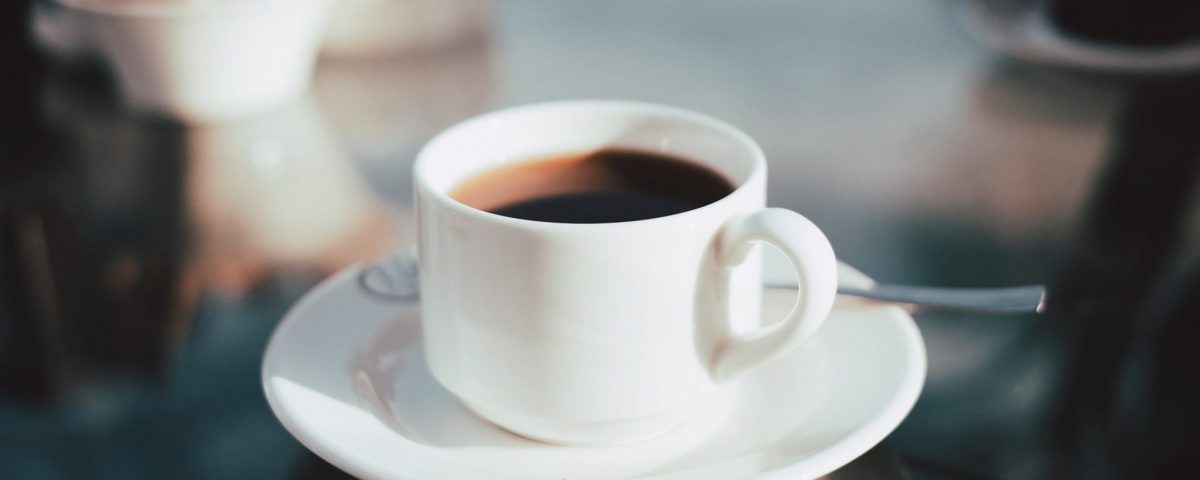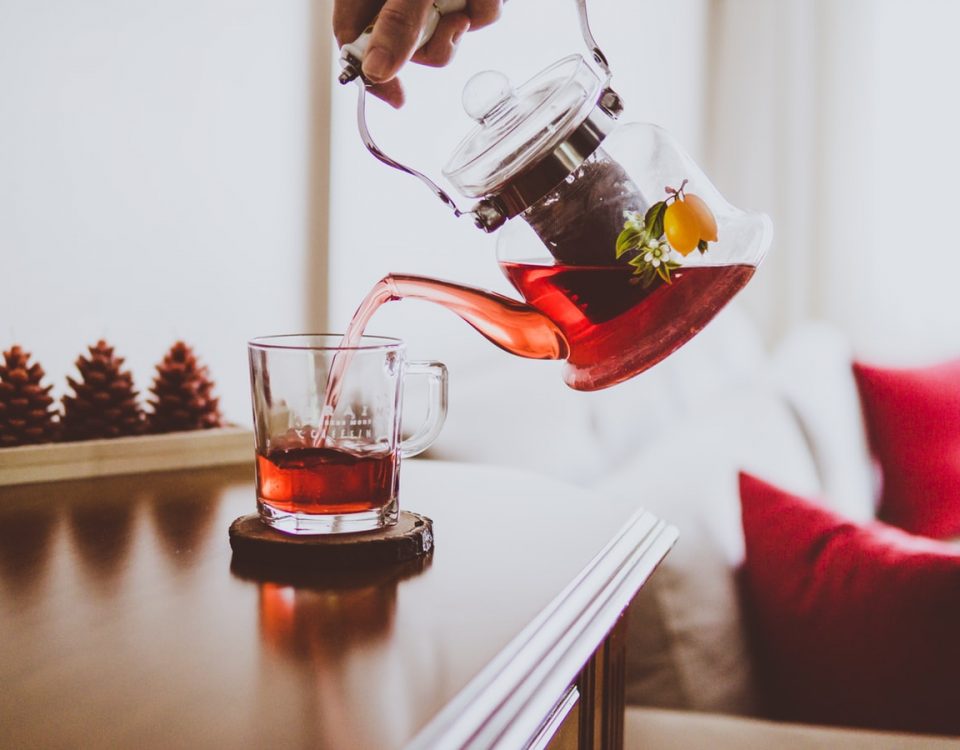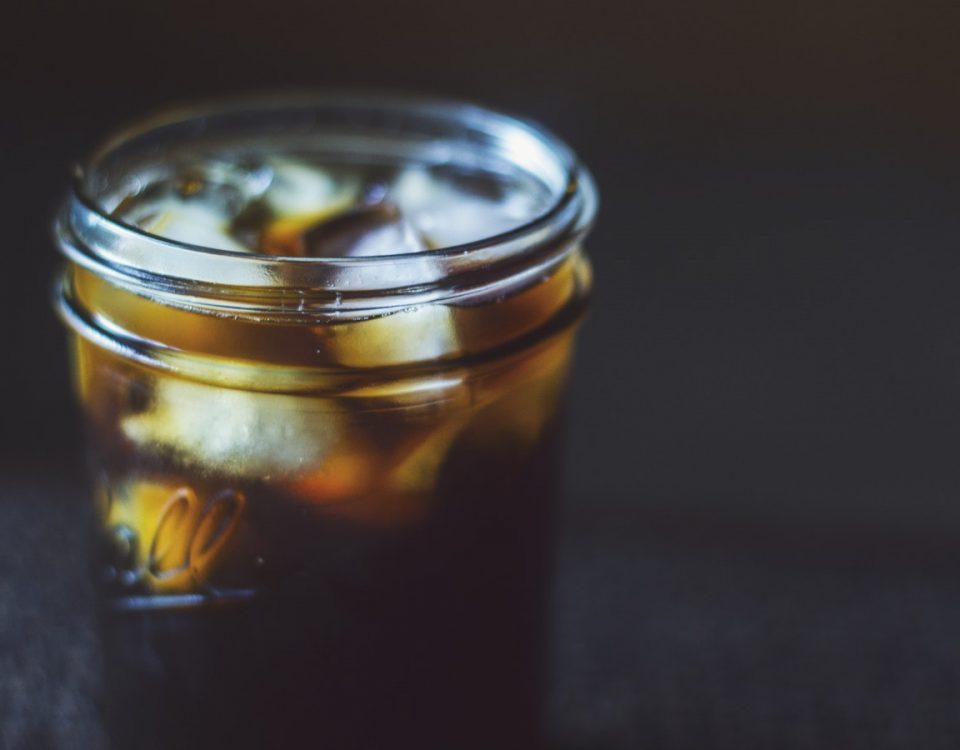How Much Caffeine Is in Your Cup of Joe? Learn More Here

Improving Your Brewing Behavior: 4 Ways To Create The Best Cup Of Coffee At Home
March 4, 2019
Beat the Heat With These 5 Refreshing Iced Tea Recipes
May 23, 2019It is no secret that many people around the United States like to start their day with a cup of joe. The average number of cups that are consumed by typical, American coffee drinkers is 3.1. What many people may not realize is that the amount of caffeine in the beverage can vary from type to type. A lot of this has more to do with the coffee equipment used rather than the coffee beans themselves.
A Look At Brewed Java
Brewed or filtered coffee is very popular around the country. Experts report that this is, by far, the most popular kind of java in the country. There are a number of reasons for this. It is easy to make at home and is the quickest beverage to get when people order at the local cafe.
This is made by pouring hot water over the ground beans. With this kind of equipment, a paper filter or a reusable filter, made from plastic or metal, keeps the ground beans from making their way into the final product. This kind of java is made with a filter maker, a French press, or a percolator. It is very easy to make. The typical 8-ounce cup of the beverage when made this way has about 95 milligrams of caffeine.
It is possible to make a cup of joe with only a little caffeine in it. Decaffeinated does not mean there is no caffeine in the product, despite what many people may think. Even decaffeinated tea has some caffeine in it. For the typical 8-ounce cup of decaf, there are about 2 milligrams of caffeine.
A Look at Cold Brew
Cold brew is not the same thing as iced. Iced coffee is made by pouring hot brew over ice. Cold brew is made by steeping the grounds in room temperature water for a much longer period of time. This can be anywhere from eight to 24 hours. Over the past few years, it has gained in popularity. According to a study released in 2017, a typical cup of cold brew, which is 12 ounces and not eight, has anywhere between 153 milligrams and 238 milligrams of caffeine.
A Look at Instant Coffee
This is made with coffee granules or powder. Basically, java is brewed and the resulting beverage is either freeze-dried or spray dried to form crystals. These crystals can be rehydrated to reform the beverage. There are people who do not think the quality lives up to cold or hot brew but a few companies have been working on elevating their instant powder to make a decent cup of joe. The result has less caffeine than in hot brew. A typical cup of eight ounces has about 62 milligrams of caffeine if prepared per the manufacturer’s instructions.
A Look at Espresso
This is made by forcing steam or hot water through grounds that are very fine. This has a much stronger taste than hot or cold brew. There are machines that can make espresso. Some people opt to make it on their stove top with a moka pot. People do not drink full cups of espresso. Generally, people will have a one-ounce shot. While if looked at ounce for ounce, espresso has a lot more caffeine. One single shot has about 63 milligrams of caffeine. Often this is added to other beverages such as lattes or hot brew. A red eye is the combination of hot brew and espresso.
In addition to the way in which coffee is made, the beans themselves can have differing amounts of caffeine. There are a lot of ways in which the beans are grown and a number of plants from which the beans can be harvested. The most popular plants are arabica and canephora. Canephora coffee is commonly known as Robusta. These beans have about double the amount of caffeine a the arabica beans, according to a study that was put out in 2016. There are between 34.1 through 38.5 grams of caffeine for every kilogram of dry beans for arabica bean. By contrast, Robusta beans have anywhere between 68.6 and 81.6 grams per kilogram.
No matter how you serve it, no two cups of coffee are the same.



